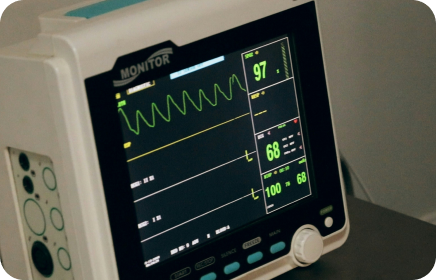
The challenge
- The client, a prominent healthcare provider based in the USA, faced difficulties in fetching and analyzing data, resulting in challenges in service provision, patient care, and financial inconsistency.
- The data's intricate nature made it challenging to interpret and analyze promptly. Non-standardized formats and diverse reporting structures caused delays in extracting actionable insights.
- Disintegrated electronic health records (EHR) across various systems hindered access to a comprehensive patient overview.
- Inconsistencies in data structures and delays in receiving payer reports impacted financial accuracy. Difficulty in fetching real-time outpatient data led to delayed healthcare services.
The solution
- Conducted a comprehensive assessment of existing data sources, formats, and structures. Data connectors and ETL processes were created to handle non-standardized formats.
- Automated data cleaning algorithms were implemented to address inconsistencies. Power BI data models were developed to integrate patient records, treatment histories, and medical information.
- Real-time data integration channels were established between different EHR systems.
- A streamlined data pipeline using Power BI was built for the automated extraction and processing of payer reports.
- A real-time monitoring system in Power BI was implemented for outpatient data, providing immediate insights into outpatient service utilization.
- Role-based access control features were added to Power BI to ensure secure data access and compliance.
- The solution underwent rigorous testing before deployment to the product environment.
Benefits
- Enhanced comprehensive insights and analysis enabled patient care coordination and service provision.
- Improved more informed data-driven decision-making time by 80% for enhanced patient outcomes.
- Reliable and standardized payer data ensured accurate financial analysis.
- Mitigated data privacy risks by ensuring that sensitive healthcare information is accessed only by authorized personnel, meeting regulatory requirements.
Objectives
- Address data inconsistency and non-standardized formats.
- Integrate patient records for a comprehensive overview.
- Ensure real-time access to outpatient data.
- Improve financial accuracy through streamlined data processing.
Project outcomes
- Improved patient care coordination and service provision.
- Significant reduction in decision-making time for enhanced patient outcomes.
- Accurate financial analysis through standardized payer data.
- Enhanced data privacy and compliance with regulatory requirements.





